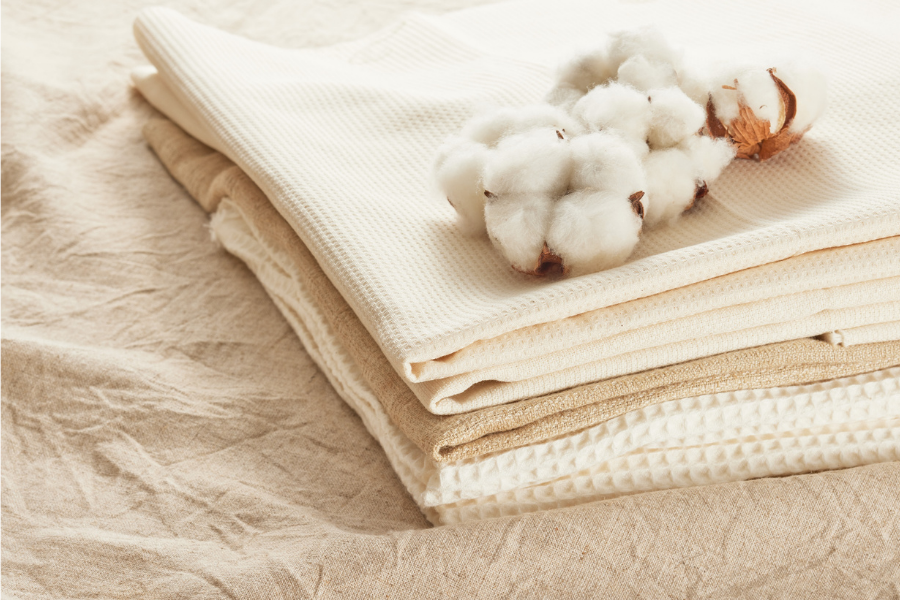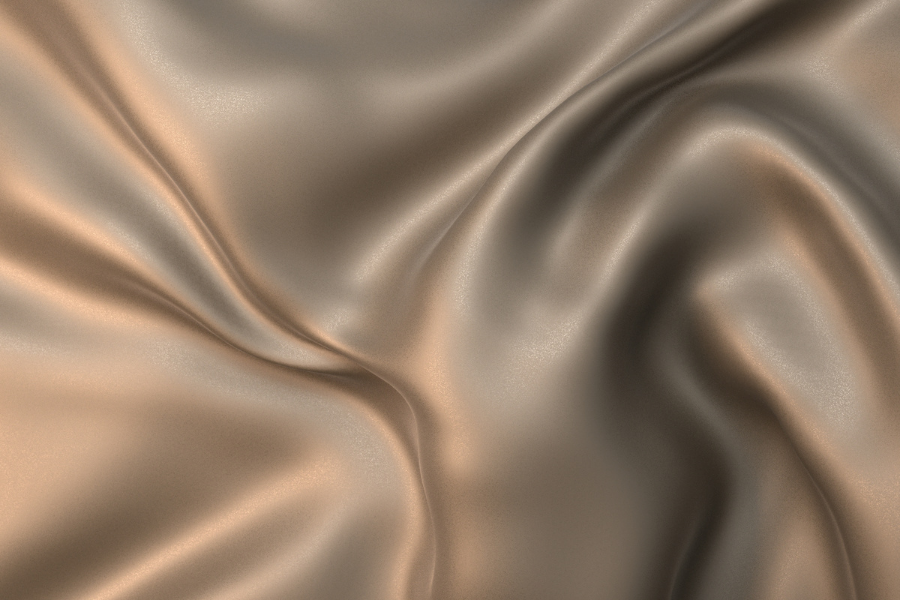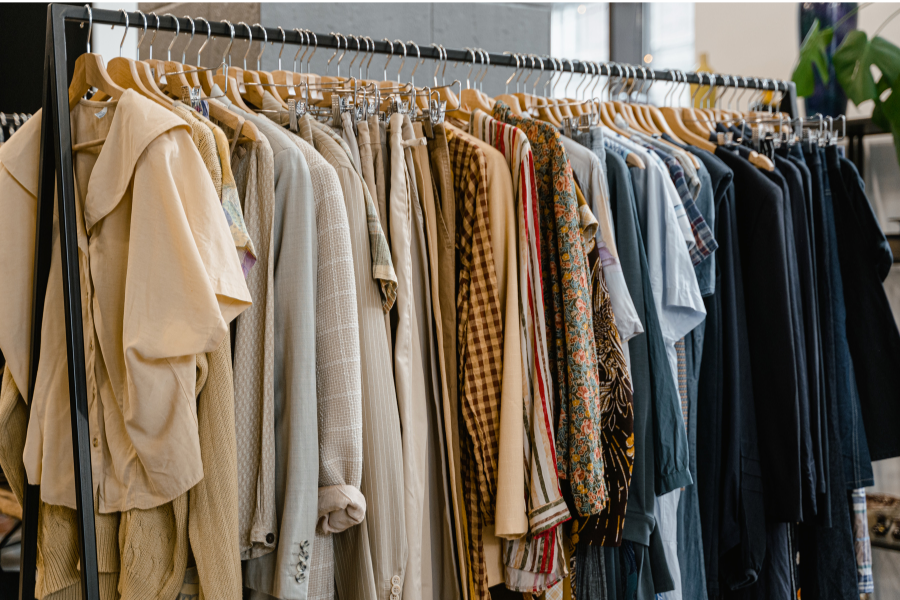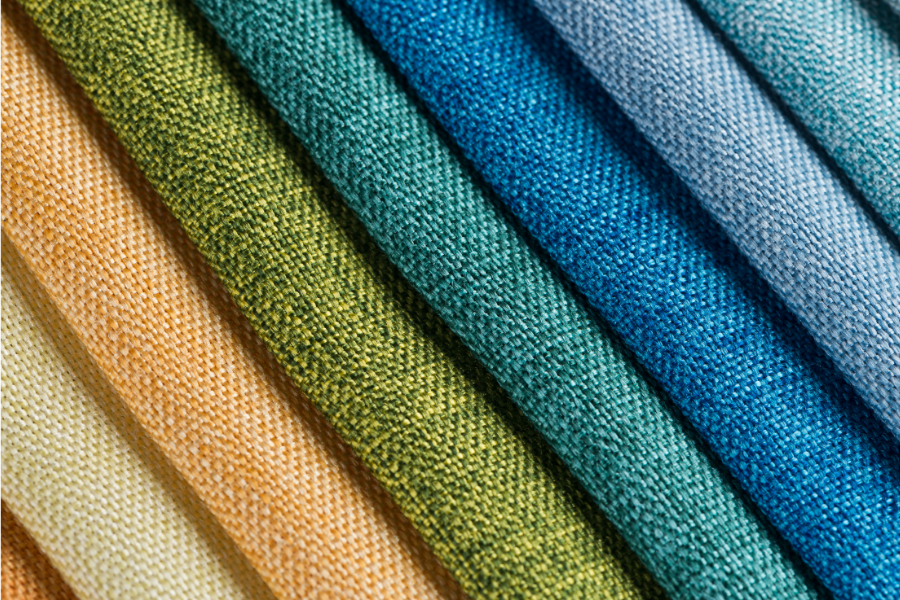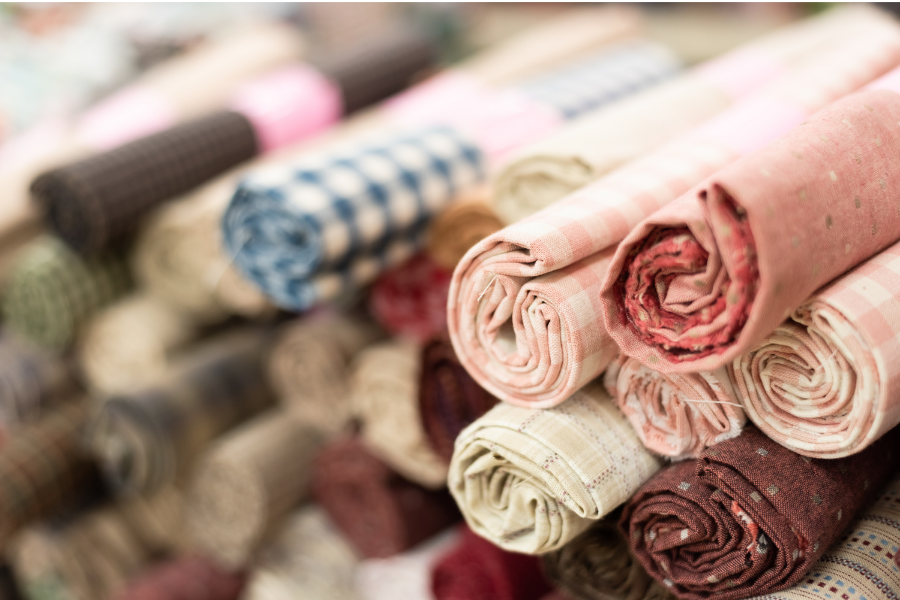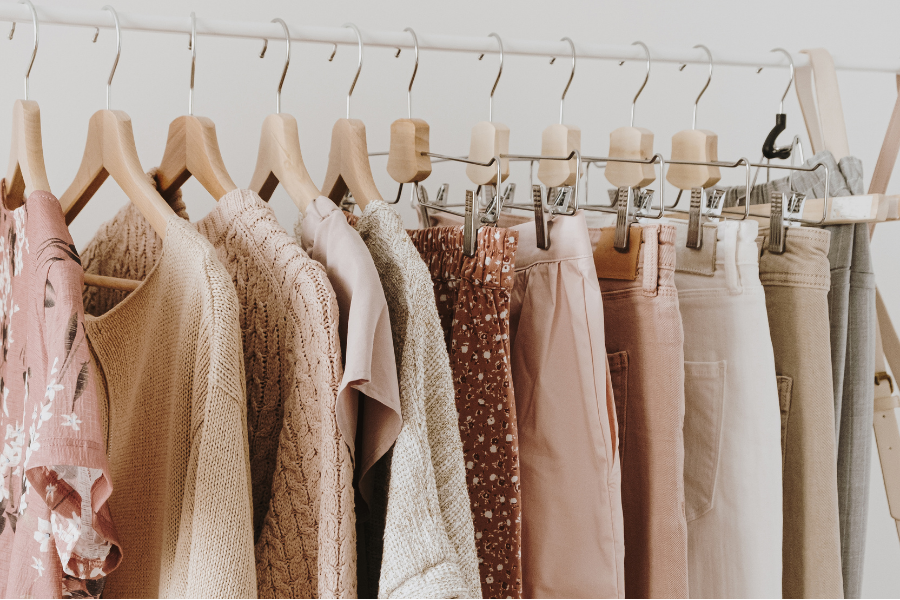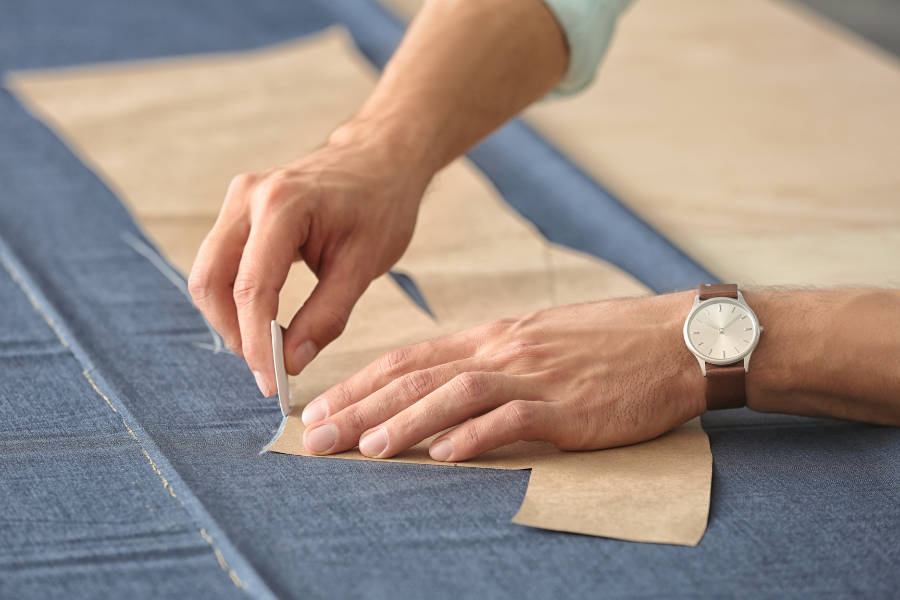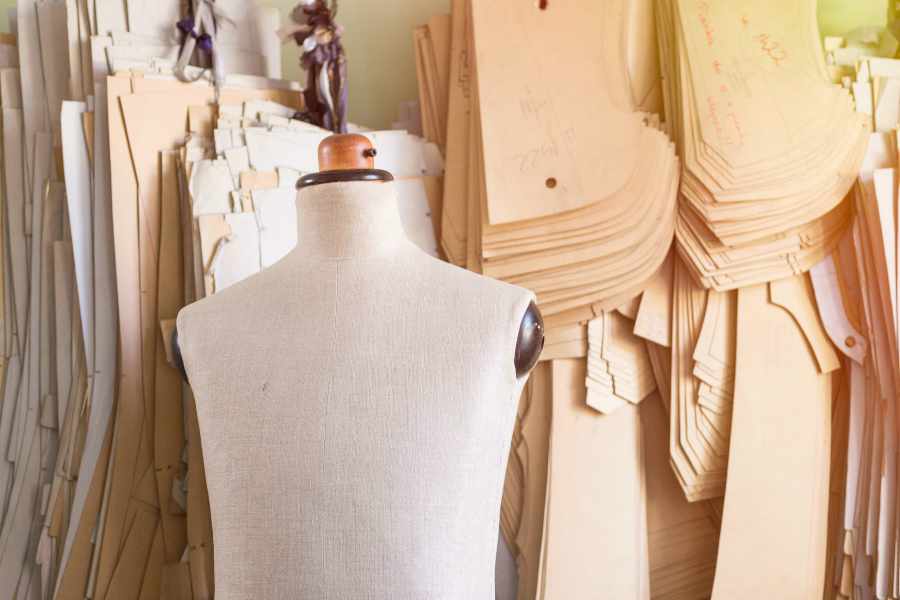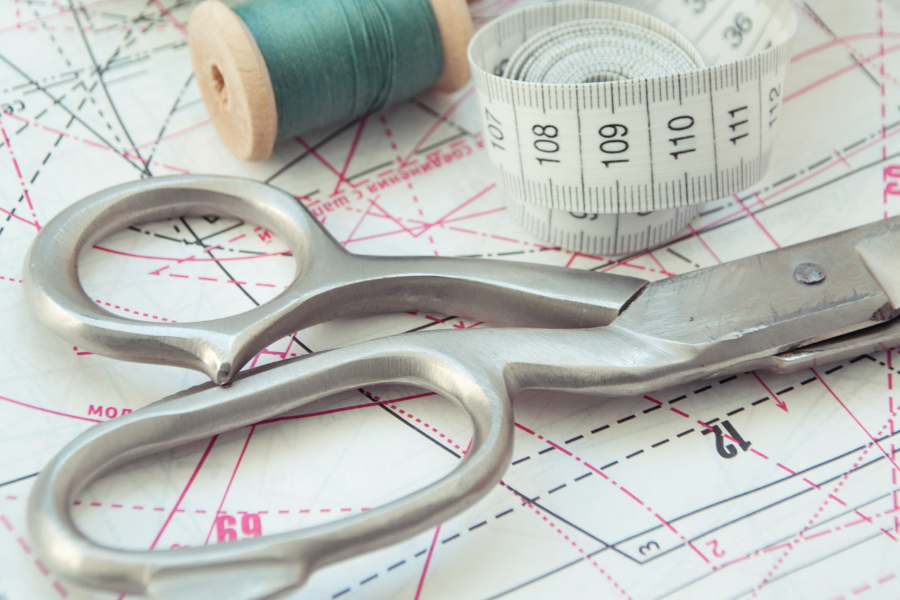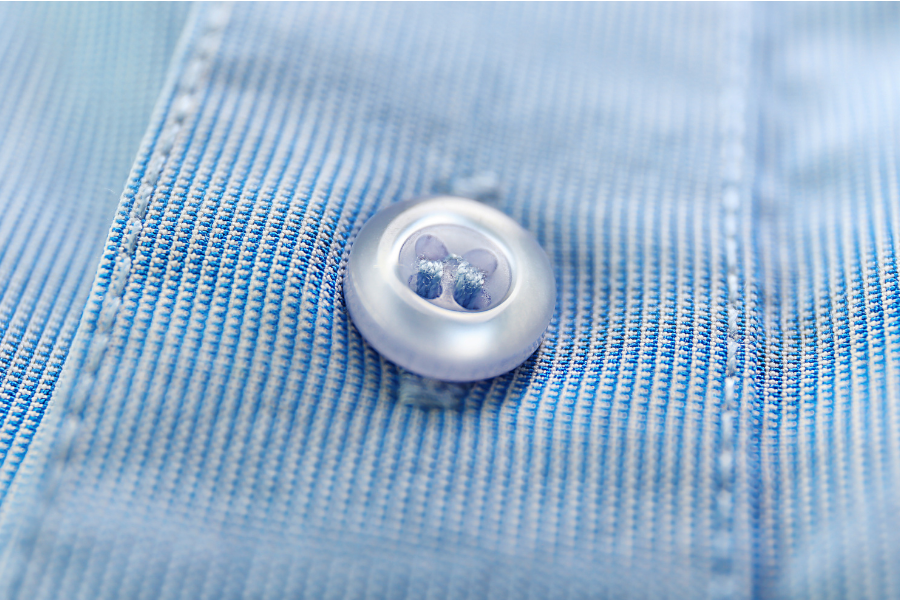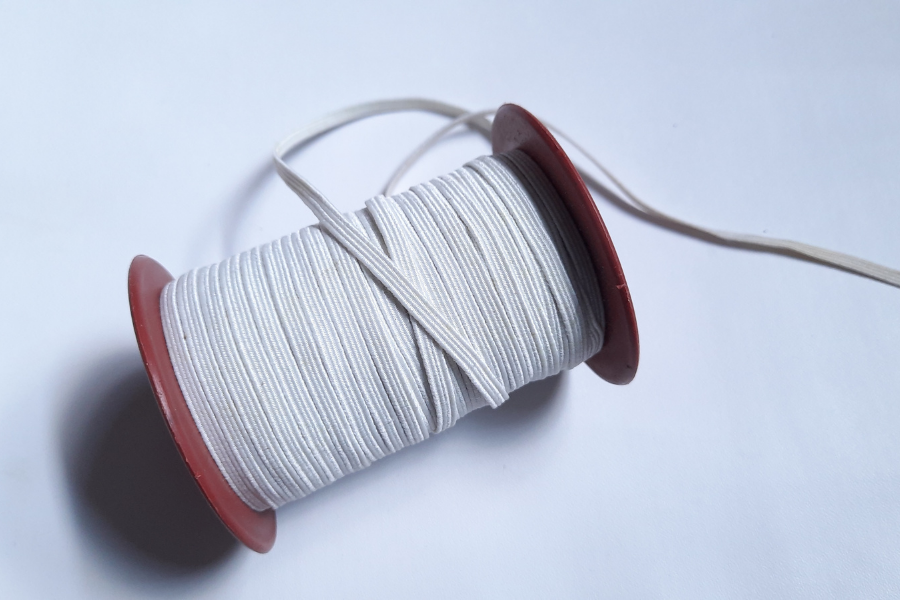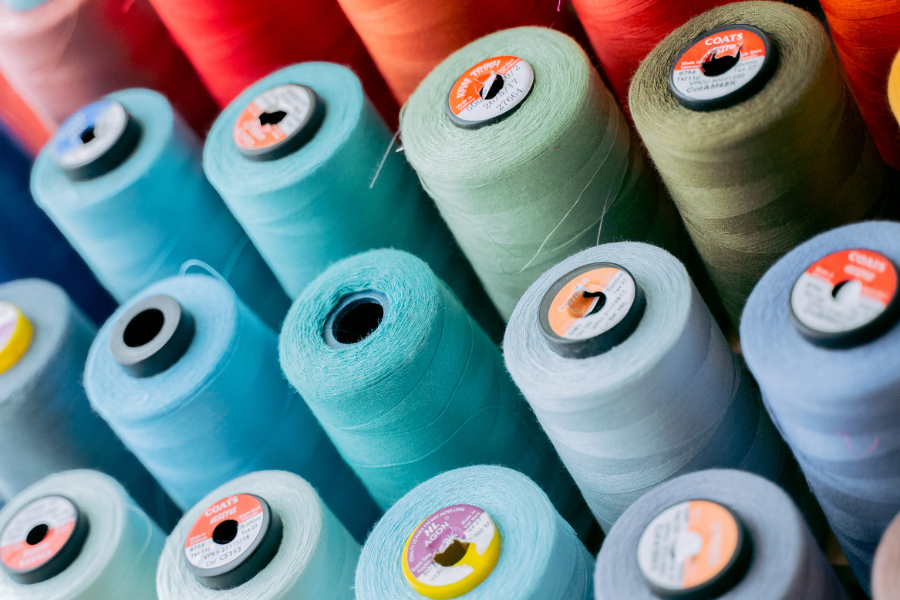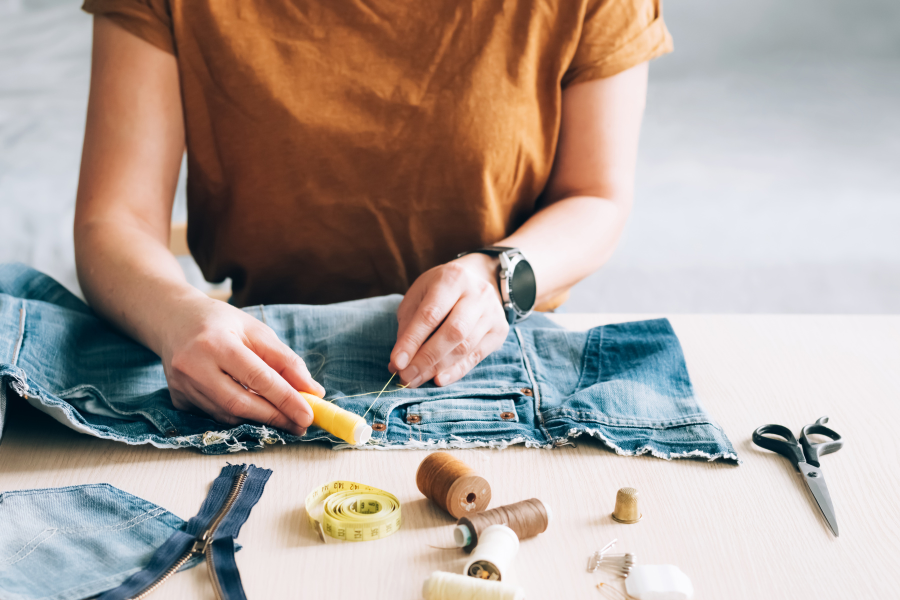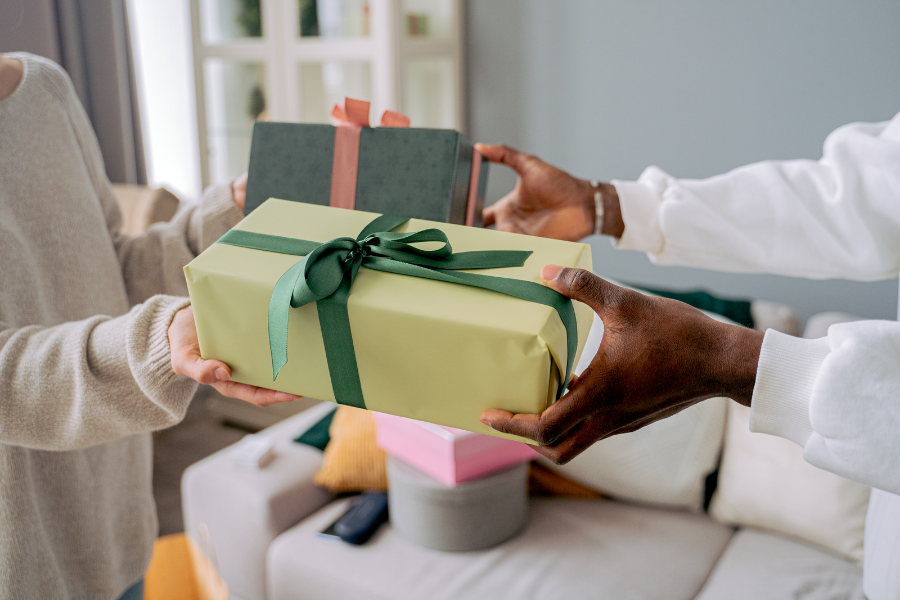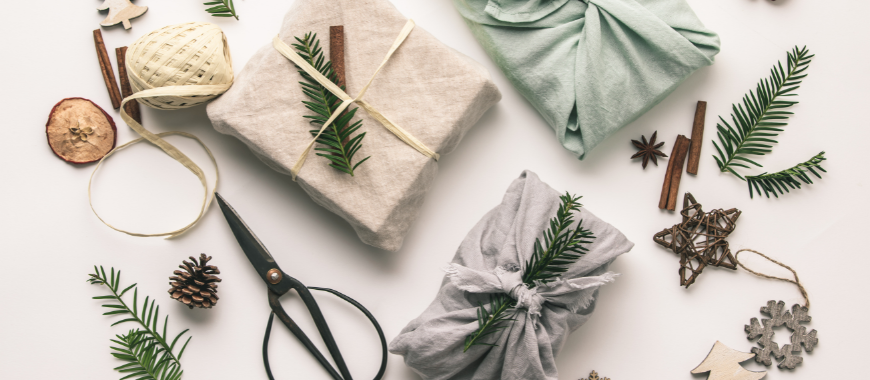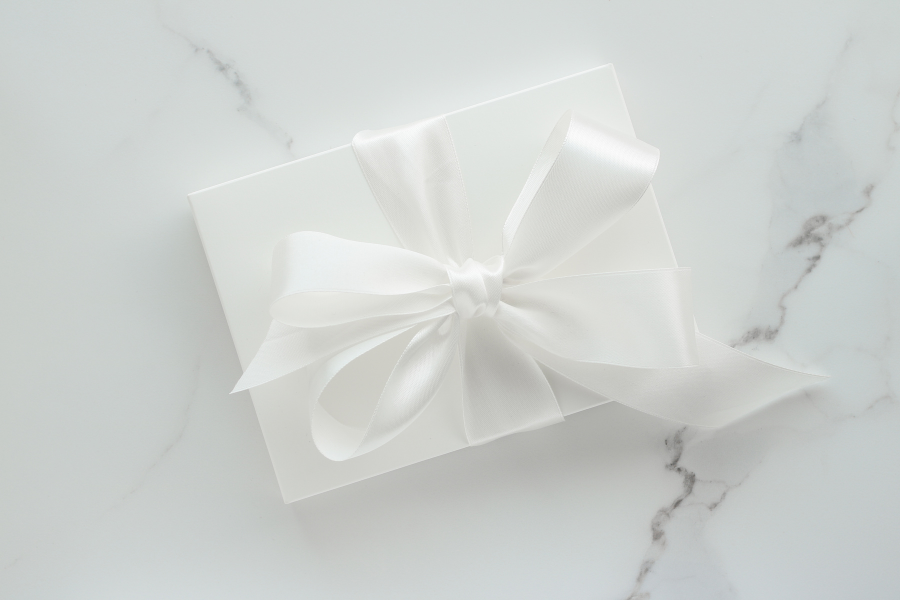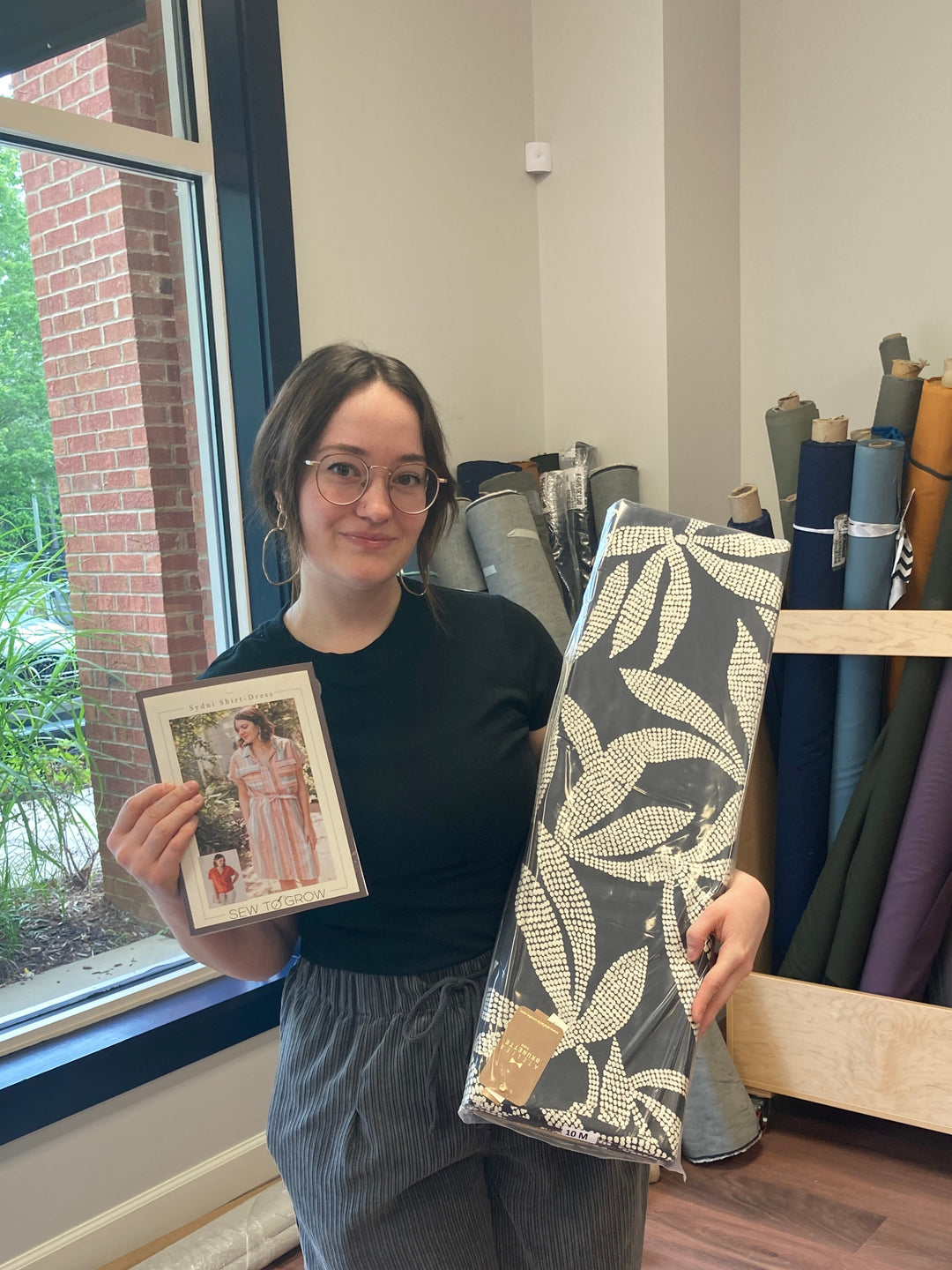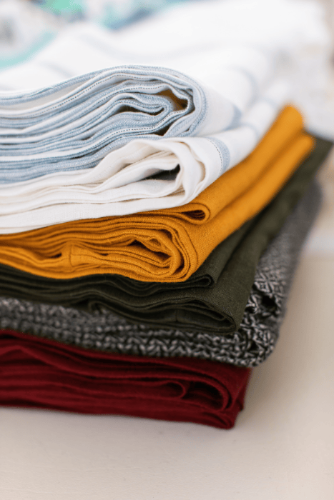What is Corozo?

The Studio has carried buttons for quite some time, but I’ve recently got in Corozo buttons! They have the most smooth texture and lovely colors, each slightly curved on the bottom to make them easier to use. Think of the curve as sort of a built-in mini shank, making the button easier to rock through the buttonhole. Quite brilliant when you think about it.
But what the heck is Corozo, Karleen?
Corozo, also called “vegetable ivory,” is derived from the nut of Palm Trees. Long before the mass adoption of the oil industry’s plastic buttons, there were plenty of goods made from much more sustainable & renewable materials, such as Corozo. Corozo has been used in jewelry making, buttons, or you may even have a vintage suitcase or handbag with a Corozo handle! Being that Corozo is a natural product, it will eventually breakdown, but long after your garment has deteriorated. Corozo is hard like stone, so takes longer to breakdown than even the chemicals in some softer plastics, but without that nasty “forever chemical” pollution & poison legacy.

Wait a second here, I thought we weren’t supposed to use Palm products due to deforestation!
The Palm Trees aren’t harmed in the farming and harvesting of the Palm Nut! In fact, like Hazelnuts, when the Palm Nuts are ready for use, they drop to the floor and are picked up! I particularly like this tidbit:
A Tagua palm can take up to 15 years to mature. But once it gets to this stage it can go on producing vegetable ivory for up to 100 years. In any given year a Tagua Palm can produce up to 20 pounds of vegetable ivory.
-Wikipedia
100 years of production!!! By purchasing Corozo buttons, we are supporting a market that will SAVE Palm forests!

Yeah, but sometimes the process of “sustainable goods” isn’t all that great.
I hear you. The amount of water used to grow cotton is A LOT, the process to get pulp to rayon can be mind boggling, the dyes and inks…there’s so much to keep track of, the green-fatigue is real! This time, however, you can feel secure in knowing these buttons are OEKO-TEX 100 certified. You can read all about the OEKO-TEX certification here.

All of the good-for-the-planet stuff aside, these are really nice, quality buttons. They’ve got a tremendous smooth-feel to them, they’re solid and not going to snap if you use your machine’s button foot to sew them on, if you hand-sew your buttons, they’re satisfyingly shaped and easier to hold on to…I just can’t recommend them enough.


